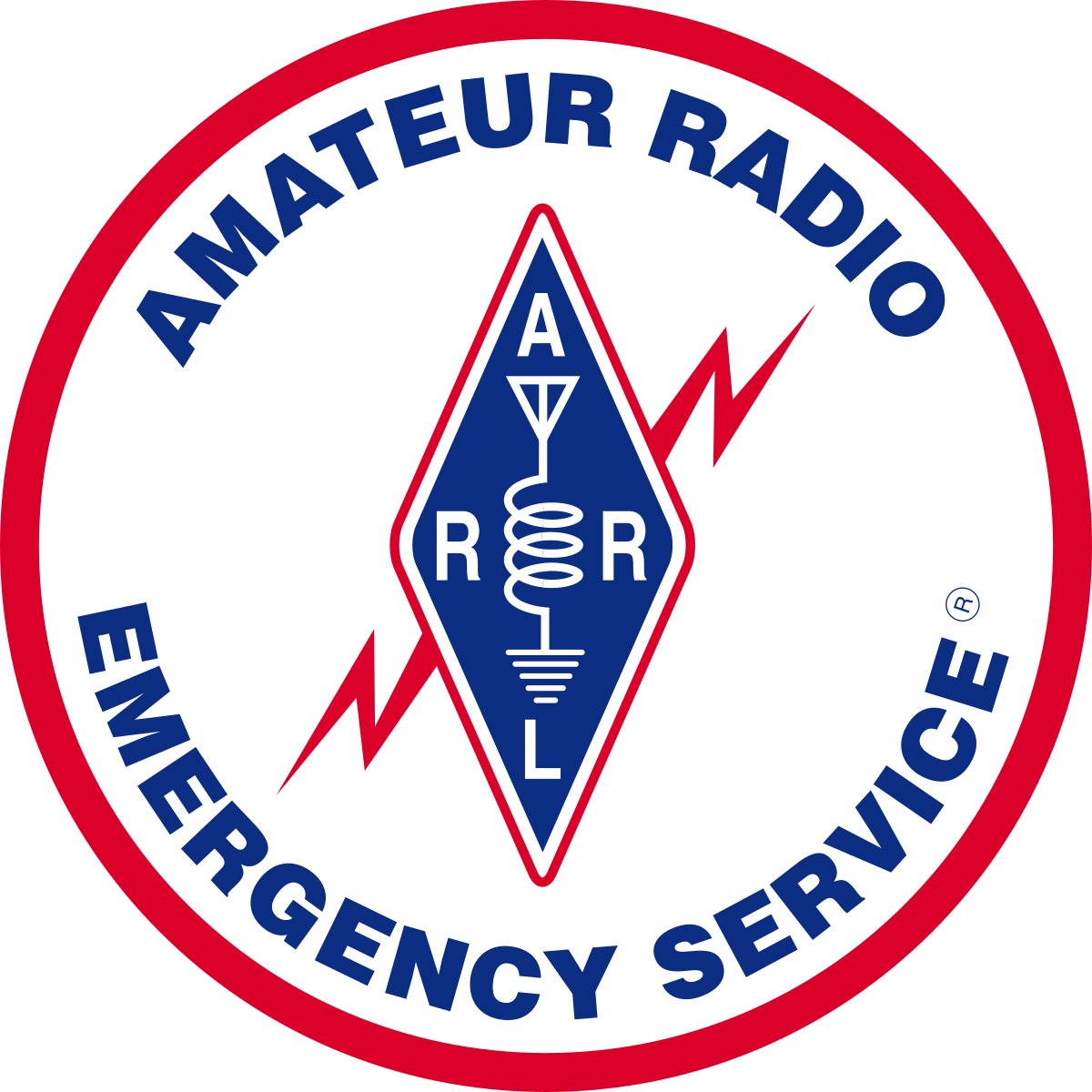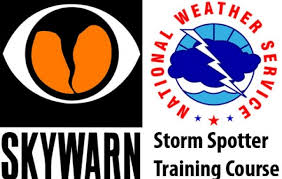Hurricane Milton: Lessons Learned
Hurricane Milton: Lessons Learned by First-Time ARES Responder
By Gary Konecky, KQ4STK
Hurricane Milton was the situation for my first ARES deployment. It was educational. I learned, first of all, that “disasters are local.” It does not matter what is happening in the next county over: where you are is what you will have to deal with. Secondly, the response by the state was a textbook example of how to do things right: hurricane preparedness and response started nearly a week before the arrival of the storm. Evacuation orders were given days before the onset of hurricane conditions. Recovery resources were mobilized days before landfall.
I live in central Florida, which was hard hit by Milton. In mere days, Duke Energy had restored power here. Public works cleared roads of fallen trees and other debris in mere hours in contrast with New Jersey’s efforts after Hurricane Sandy, when the same task took the better part of a week.
That said, no prep nor response is flawless. For at least a week before Milton, meteorologists and hurricane forecasters were predicting a severe hurricane. People spent days stocking up on food and filling their cars with gasoline. The result was that even before Hurricane Milton made landfall, gas stations were out of gas. This situation continued for several days after the passage of the hurricane. Lesson learned: if you live in an area facing an impending disaster, do not let your vehicle fall below half a tank.
My plan was to shelter in place. I live in a solid building on relatively high ground. I procured an ample supply of items needed: a solar generator, flashlights, candles, battery-powered fans with solar panels, camp stove, camp stove fuel, canned goods, and water. I charged my batteries for my radios, testing them on local nets.
Deployment
The night before landfall, I was asked to deploy with ARES, which works with the county’s EOC – it runs a top-notch operation and is well equipped and staffed. It is responsible for administering the disaster response plan. I learned that teamwork and effective communication with others are critically important.
I was deployed to a special needs shelter that cared for evacuees with serious medical issues. The County Department of Health (DOH) deployed a sizable, excellent professional staff to the shelter. Their care was exemplary. The shelter was in a school. School cafeteria workers fed residents. The custodial staff kept the shelter clean. If a shelter resident had a dietary restriction, however, he/she needed to bring their own food. For sleeping accommodations, the shelter staff furnished cots; if you wanted a sleeping pad, sheets, pillows, or blankets, you had to bring your own. Under federal law, schools are gun free zones. Therefore, I was glad to see that the sheriff’s department officers were deployed to this shelter for law enforcement.
I was not going to leave my beloved dog at home, and I took her along to the shelter. She stayed in my car while I set up the radio station. When I took her out of the car, I had to deal with Animal Control, which treated us poorly. Even when the shelter manager was willing to work with me about this, Animal Control refused.
There were multiple government agencies (school, health department, sheriff’s department, EOC, animal control) plus ARES personnel all involved at the shelter. This is where the weak spot is: These agencies had other responsibilities too, not just disaster relief to cope with. So, multi-agency coordination is crucial, but was lacking at this shelter. The shelter may or may not be under the jurisdiction of the EOC, but is effectively staffed by DOH, school personnel and others. DOH’s disaster response was flawless, but was not coordinated well with the EOC. The EOC and ARES thought I was to report to the shelter manager, an employee of the school district. DOH thought their field manager was the shelter manager. I got caught in the middle. It took an hour of phone calls from me to ARES coordinators, and from ARES to the powers that be to iron this problem out.
The school district administrators had not allowed a shelter inspection for a couple of years and nothing pointed out in the last inspection had been addressed. I had arrived at the shelter with the EOC-supplied radio (my thanks to the county for supplying ARES with radios), a rollup antenna, lots of coax, and two toolboxes filled with miscellaneous tools and supplies. I had everything I needed but the one thing that an earlier shelter inspection would have told me I needed was several feet of PVC pipe. A field inspection would have told me that the building is basically nothing but metal, and hence I would need a PVC pipe so that I could attach my antenna to a fence outside, away from the building, and thereby get the antenna to work. Fortunately, when I was deployed, Tony McGhee, KT4WM, who had been deployed at this school previously, had been assigned as my person to call in case of issues. Tony came to the rescue, bringing PVC pipe and more supplies. The lesson is, when possible, ARES volunteers should be deployed in pairs. If this is not possible, each person deployed should have a nearby back-up person assigned to them to assist with equipment, supplies, and experience to help out if necessary.
As the schools do not let us make needed site inspections, I think it would be a good idea if at the end of a deployment, ARES volunteers prepared a brief document so that the next ARES volunteer would have a better idea of what they may be getting into. The following would be an example for the school where I was deployed:
“Off the cafeteria/multi-purpose room is a storage room used by cafeteria workers to store disposable items such as paper cups, plates, trays, etc. The radio should be set up in that storage room. The feedline should be run through the double-doors to the right of that room. Outside those doors is a courtyard with a chain-link fence. A non-conductive pole (PVC pipe or a 2”x4”) can be attached to the fence and an antenna mounted on the pole. The doors tend to pinch coax, and the doors also have sharp edges. Therefore, something needs to be wrapped around the feedline to protect it from being crimped, and to protect it from being cut.”
Additionally, the school has a back-up generator. Do not assume it will work and even if it works, it may not supply power to the part of the school where your station is. Therefore, plan accordingly. That said, there is a limitation to this as people in the school could move things, resulting in this information being out of date. Something is often better than nothing, I suppose.
The next big lesson, and this is a lesson for everybody, not just ARES volunteers: Disasters happen in places that you don’t think they would happen. Hurricane Helene destroyed a part of the country that is not prone to hurricane destruction. The result was unimaginable devastation, a very slow government response, and no significant aid for the devastated remote areas, especially in the early days of the disaster. It was citizens, not the government, who provided the first significant aid and comfort to the victims in that area. I am proud of the ham radio operators who stepped into this breach and did all they could to help.
Where I live, I have high praise for the government response. If you are going to get hit by a hurricane, the best place to be is in Florida. The response in Florida to Milton was textbook perfect (except for the aforementioned lack of coordination between agencies at the local level). That said, however, the lesson I have learned is that you are largely on your own in a disaster, post-onset. Ham radio is the only communication that can be counted on in an emergency. Cell phones fail. The internet goes down.
If a hurricane doesn’t get you, an earthquake might. If an earthquake doesn’t get you, a flood might. If the flood doesn’t get you, a fire might, and so on. Therefore, the lesson that Milton taught me was that you, and only you, can be counted on in a disaster. Help may be delayed, maybe by hours, maybe by days, maybe by weeks. I say this because even before Milton made landfall, the winds were so powerful that ambulance service had to be suspended. Hours after Milton made landfall, the calls for assistance came in hard and fast: Person after person, calling because a tree fell on their house, or their house was flooding. Those calls went unanswered because the roads were impassable due to flooding or debris. That is why I say you need to work on the assumption that you will be on your own and no help is coming.
The Go-Bag
If you are deployed, you are going to your assignment and you are not leaving your assigned location for the duration. Therefore, not only do you need your properly stocked go-bag, you need to secure your property. You also need to safeguard important legal documents, as your home could be destroyed. Also, secure your antennas.
The little things, some seemingly of no consequence, matter. When I arrived at the shelter, the parking lot was nearly full. In addition, emergency services vehicles were parked in a no parking zone. As I had equipment to unload, I asked the shelter manager where I should park and I was told to park with the emergency service vehicles that were parked in the no parking zone. The problem is that if people see a civilian vehicle parked there, they may think they can park there, and that would have caused a problem at this shelter. Fortunately, a friend had given me ARES logo magnetic placards that I stuck on my car. I also wore an ARES shirt that had the bold, large words “AMATEUR RADIO EMERGENCY COMMUNICATIONS.”
My thanks to Doug Lynch, W4DBL, for checking on everyone in ARES for needs and well-being checks. Not only are we responsible to those we are helping, but we are also responsible for our fellow team members. Thanks also to Jim Jaeger, KO4KUS, for asking me to deploy, and troubleshooting any issues.
Conclusion
I am a new ham and survived my first ARES deployment. Having had a very positive experience, I will be volunteering again. You don’t have to be a veteran, experienced ham to help when disaster strikes. Therefore, I encourage everyone (experienced hams and new hams alike) to get involved with ARES.
KEY TAKEAWAYS
- Communication and coordination (including a clear chain of command) among all the agencies involved in a disaster is crucial.
- Try to get as much information about where you are going as possible. If possible, site inspections should be done before disaster strikes.
- Have a go-bag. Include in your go-bag things you want, as well as what you need, as the shelter may not have them.
- If you have a pet, be prepared to deal with animal control.
- ARES volunteers should bring things that they don’t think they will need (e.g., PVC pipe).
- Secure your property before you deploy or evacuate.
- Seemingly inconsequential things (e.g., car magnetic signage and t-shirts) matter.



